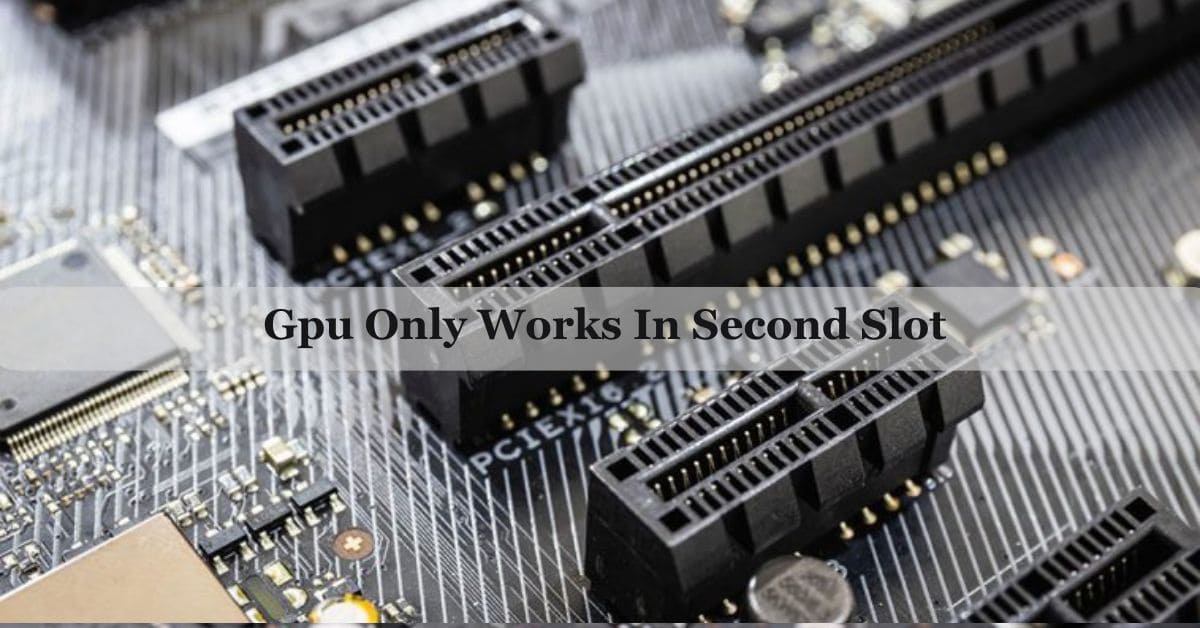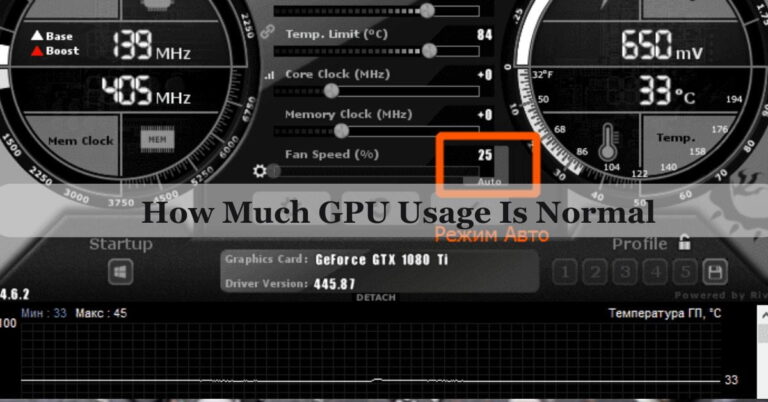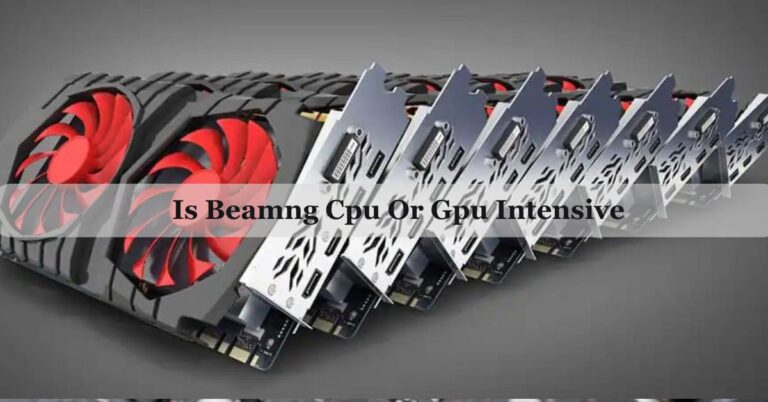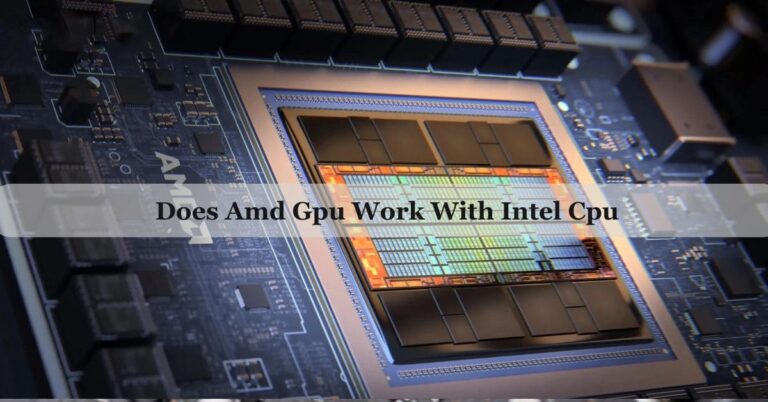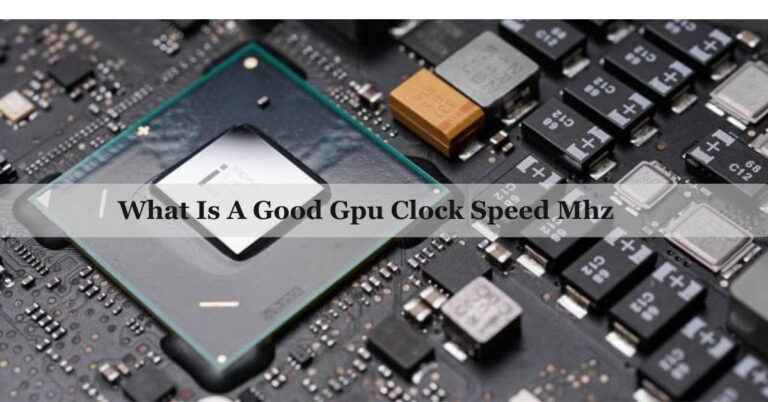Gpu Only Works In Second Slot – Isolate The Problem!
After upgrading my system, I was puzzled to find my GPU only works in second slot, leaving me concerned about potential performance loss. It took a deep dive into troubleshooting to uncover the root cause and finally resolve the issue.
When your GPU only works in second slot, it typically indicates an issue with the primary PCIe slot, such as physical damage, BIOS misconfiguration, or motherboard faults. Troubleshooting steps include inspecting the slot for damage, updating BIOS, reinstalling drivers, and ensuring adequate power supply.
Confused about why your GPU only works in second slot? We’ve got you covered! Read on to learn the reasons behind this issue and discover easy steps to get your GPU working perfectly in the primary slot.
What Does It Mean If My Gpu Only Works In Second Slot?
If your GPU only works in second slot, it means that your graphics card functions properly when plugged into the secondary PCIe slot on your motherboard, but not in the primary slot.
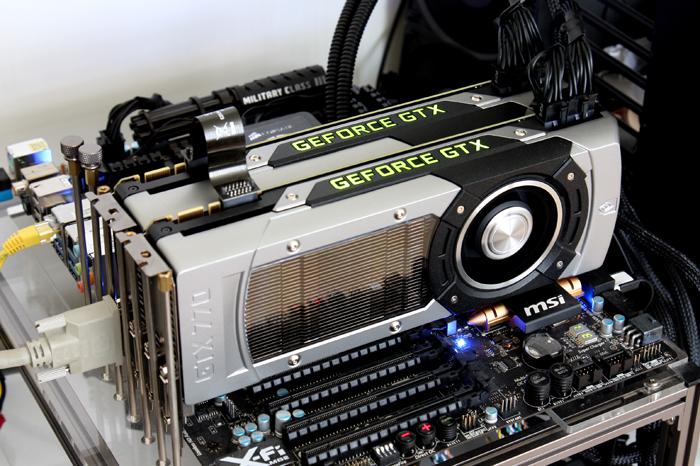
This can happen due to several reasons such as physical damage to the primary slot, incorrect BIOS settings, faulty motherboard components, or power supply issues. It might also be caused by outdated or corrupted drivers.
Essentially, the primary slot isn’t providing the necessary connection for the GPU to operate correctly, so the secondary slot is being used instead, which might result in reduced performance.
Why Does My Gpu Only Works In Second Slot?
- Physical Damage: The primary slot might be physically damaged, with bent pins or debris blocking the connection.
- BIOS Settings: The BIOS/UEFI settings might be incorrect, possibly disabling the primary slot or prioritizing the secondary slot.
- Motherboard Issues: There could be faults in the motherboard’s PCIe lanes or power delivery circuits affecting the primary slot.
- Driver Problems: Outdated, corrupted, or incompatible drivers can prevent the GPU from working properly in the primary slot.
- Power Supply Issues: The primary slot might not be getting enough power, possibly due to issues with power connectors or the PSU.
- Compatibility Issues: There might be compatibility problems between the GPU and motherboard that specifically affect the primary slot.
- Overclocking Instability: An unstable overclocked CPU or GPU can affect system stability and cause issues with the primary slot.
- Firmware Updates: The motherboard or GPU might require firmware updates to resolve issues affecting the primary slot.
These points help explain why your GPU might only be working in the second slot and not the primary one.
When Should I Worry If My Gpu Only Works In Second Slot?
You should start worrying if your GPU only works in second slot in the following situations:
Reduced Performance:
If you notice that your computer’s performance has decreased, it could be because the secondary PCIe slot might not provide the full bandwidth (x16) that the primary slot offers. This can lead to slower graphics performance, which is crucial for gaming, video editing, or other GPU-intensive tasks.
Frequent Crashes or Errors:
If your system frequently crashes or shows errors, it could indicate deeper issues with your motherboard or GPU that are causing instability. This might be related to why the GPU only works in second slot.
Incompatibility with Multi-GPU Setups:
If you plan to use multiple GPUs (SLI or CrossFire), having your primary GPU only work in second slot can complicate the setup and may not work correctly. Multi-GPU setups often require specific slot configurations for optimal performance.
Primary Slot Damage:
Visible damage to the primary slot, such as bent pins or debris, can be a sign of hardware issues that might get worse over time. If the slot is damaged, other components might also be affected.
Power Supply Concerns:
If your GPU only works in second slot due to power supply issues, this might indicate that your PSU is not providing enough power or that there are problems with power delivery on the motherboard. This could lead to further hardware failures.
Future Upgrades:
If you plan on upgrading your GPU or other components, the primary slot’s malfunction can limit your options and make it difficult to fully utilize newer, more powerful hardware.

Diagnostic Difficulties:
If your GPU works in the second slot but not the first, it can complicate troubleshooting and diagnostics for other issues in your system. It can be challenging to determine if future problems are related to this underlying issue.
How To Fix A Gpu That Only Works In The Second Slot?
- Inspect the Primary Slot: Carefully check the primary PCIe slot for any visible damage, like bent pins or debris. Use a can of compressed air to clean out any dust or particles that might be obstructing the connection.
- Check BIOS/UEFI Settings: Restart your computer and enter the BIOS/UEFI settings (usually by pressing Del, F2, or another key during boot-up). Ensure that the primary PCIe slot is enabled and set as the primary slot for the GPU. Save any changes and exit the BIOS.
- Update BIOS/UEFI: Visit your motherboard manufacturer’s website and download the latest BIOS/UEFI firmware update. Follow the instructions to update your BIOS/UEFI, as outdated firmware can cause compatibility issues.
- Reset BIOS/UEFI Settings: If updating doesn’t work, try resetting the BIOS/UEFI settings to default. Look for the option to “Load Default Settings” or “Reset to Default” in the BIOS/UEFI menu.
- Check Power Supply: Make sure your PSU (Power Supply Unit) is providing enough power for your GPU. Ensure all power connectors, including the 24-pin ATX, 8-pin CPU, and PCIe power connectors, are securely connected.
- Reinstall GPU Drivers: Uninstall the current GPU drivers using the Device Manager or a dedicated driver uninstallation tool. Download and install the latest drivers from the GPU manufacturer’s website (NVIDIA or AMD).
- Test GPU in Another System: If possible, test your GPU in another computer’s primary PCIe slot. If the GPU works in another system’s primary slot, the problem likely lies with your motherboard or system configuration.
- Test Another GPU: Try installing a different GPU in your system’s primary slot to see if it works. If another GPU works, your original GPU might be the issue. If not, the problem is likely with your motherboard.
- Motherboard Diagnostics: Use diagnostic tools or utilities provided by your motherboard manufacturer to check for hardware issues. These tools can help identify if there are problems with the PCIe lanes or power delivery circuits.
- Consult Professional Repair Services: If you’re unable to diagnose or fix the issue on your own, consider consulting professional repair services. They can provide expert diagnostics and repair solutions to resolve the problem.
- Consider Replacing the Motherboard: If all else fails and the primary slot is confirmed to be faulty, you may need to replace the motherboard. Ensure the new motherboard is compatible with your CPU, GPU, and other components.
What If My Gpu Still Only Works In The Second Slot?
If your GPU still only works in the second slot despite trying various fixes, it indicates a deeper problem with your system. It could be a serious hardware issue, such as a damaged primary PCIe slot, a faulty motherboard, or a problem with the GPU itself.
At this point, you might need to consider professional repair services for a thorough diagnosis or potentially replace your motherboard.
Can Software Or Firmware Updates Fix A Gpu That Only Works In The Second Slot?
Yes, software or firmware updates can sometimes fix a GPU that only works in the second slot. Updating your GPU drivers or the motherboard’s BIOS/UEFI can resolve compatibility issues and fix bugs that might be causing the problem.
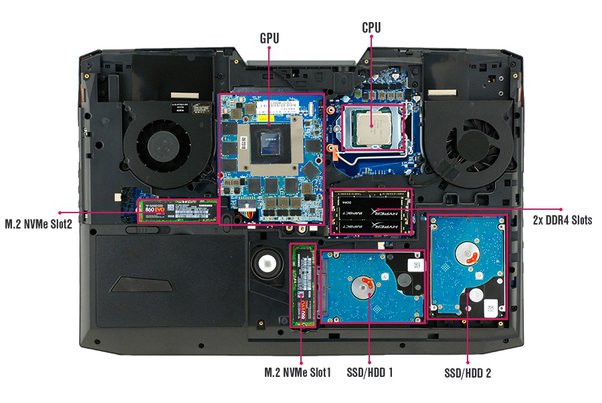
GPU drivers help your operating system communicate with your graphics card, while BIOS/UEFI updates can fix issues with how the motherboard manages PCIe slots. If these updates don’t solve the problem, it might indicate a more serious hardware issue, but it’s always a good first step to ensure you have the latest software and firmware for your components.
Can Bios Updates Fix The Issue Of The Gpu Only Working In The Second Slot?
Yes, BIOS updates can potentially fix the issue of a GPU only working in the second slot. BIOS updates provide new features, bug fixes, and improvements for your motherboard’s hardware management.
If the primary PCIe slot isn’t working correctly due to outdated or buggy BIOS software, updating it can resolve these problems. The update might fix issues with slot detection, compatibility, or performance.
To perform a BIOS update, visit your motherboard manufacturer’s website, download the latest BIOS version, and follow the instructions provided. However, if the update doesn’t fix the issue, there might be a more serious hardware problem that needs attention.
FAQs:
1. Can Using The Second Slot Affect Gpu Performance?
Yes, using the second PCIe slot can affect GPU performance. The primary slot usually offers the best speed (x16 lanes), while the second slot might offer less bandwidth (x8 or x4 lanes), which can lead to lower performance in gaming or other GPU-intensive tasks.
2. How Do I Know If My Primary Pcie Slot Is Damaged?
To check if your primary PCIe slot is damaged, look for visible signs like bent pins or debris. You can also test the slot with a different GPU to see if it works; if it doesn’t, the slot might be damaged.
3. Will A Pcie 4.0 Gpu Work In A Pcie 3.0 Slot?
Yes, a PCIe 4.0 GPU will work in a PCIe 3.0 slot, but it will run at PCIe 3.0 speeds. The GPU is backwards compatible, so you can use it without issues, though you won’t get the full performance benefits of PCIe 4.0.
4. Can Outdated Drivers Cause My Gpu To Only Work In The Second Slot?
Yes, outdated drivers can cause your GPU to only work in the second slot*. Updating the GPU drivers can fix compatibility issues and might resolve the problem.
5. Should I Get Professional Help If My Gpu Only Works In Second Slot?
Yes, you should get professional help if your GPU only works in second slot. Experts can diagnose and fix serious hardware issues that you might not be able to resolve on your own.
6. How Can I Check If My Gpu Is Seated Correctly In The Second Slot?
To check if your GPU is seated correctly in the second slot, make sure it’s fully pushed into the slot and that the locking clip on the side is secured. Also, check that all power connectors are firmly attached.
7. Can Using A Gpu Riser Cable Help If My Gpu Only Works In Second Slot?
Using a GPU riser cable might help if your GPU only works in second slot by allowing you to position the GPU differently, but it won’t fix the underlying issue with the primary slot. It’s more of a temporary workaround than a solution.
8. Will Using The Gpu In The Second Slot Affect Multi-Gpu Setups?
Yes, using the GPU in the second slot can affect multi-GPU setups by limiting performance and causing configuration issues. Multi-GPU systems often require specific slot arrangements for optimal performance and stability.
9. Does My Gpu Need Special Configuration To Work In The Second Pcie Slot?
No, your GPU doesn’t need special configuration to work in the second PCIe slot. However, you might need to adjust BIOS settings or update drivers for it to work properly.
10. How Can I Verify That The Second Pcie Slot Is Working Properly?
To verify that the second PCIe slot is working properly, you can test a different GPU or component in the slot and see if it functions correctly. If it works, the slot is fine; if not, there might be a hardware issue.
Conclusion:
If your GPU only works in second slot, it’s important to diagnose the cause through troubleshooting steps like checking the primary slot, updating drivers, and verifying BIOS settings. If these solutions don’t help, seek professional repair or consider replacing faulty components for a long-term fix.

James George is a GPU expert with 5 years of experience in GPU repair. On Techy Cores, he shares practical tips, guides, and troubleshooting advice to help you keep your GPU in top shape. Whether you’re a beginner or a seasoned tech enthusiast, James’s expertise will help you understand and fix your GPU issues easily.

